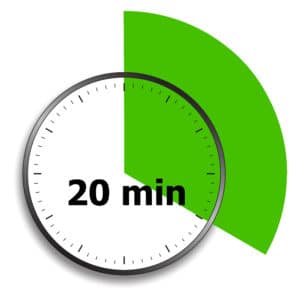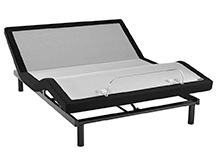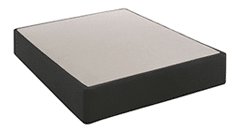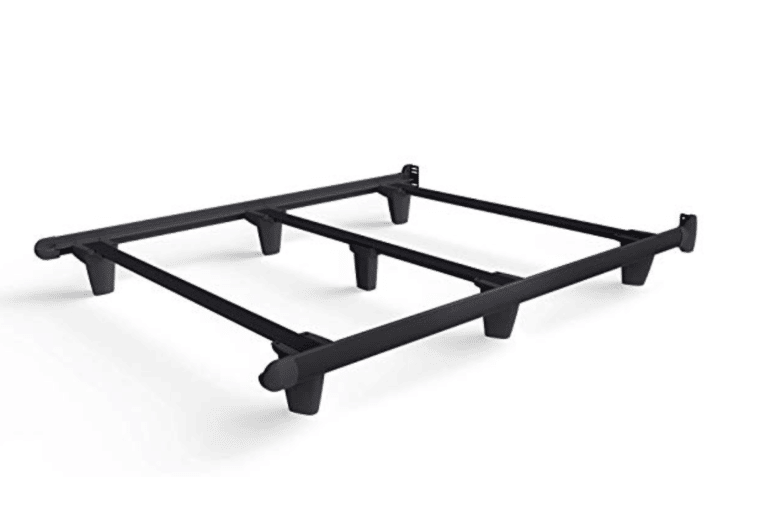Napoleon, Thomas Edison, Albert Einstein, Winston Churchill, John F. Kennedy, Ronald Reagan, and George W. Bush were all known to value and practice an afternoon nap.
Americans today have a faster paced lifestyle more than ever before. With the modern barometer of a nanosecond, the pace of high speed internet, it’s no wonder that our standards have accelerated in our use of time. The thought of taking a nap in our culture is sometimes undermined with stigmas attached: laziness, decadent indulgence, or health problems.

Our prehistoric ancestors, during the dark winter months, are thought to have broken up their sleep between shorter, intermittent periods of rest and interludes of sex.
Everyone has their own unique circadian rhythm (body clock) that governs their routine during a 24-hour cycle. Some will need more sleep than others, some will be a night owl, and some will be morning people. Needing an afternoon nap is really dependent on your schedule needs. For example, farmers tending to farm animals typically requires rising around 4 am the morning, and a daily afternoon nap to refresh is very common. For others, a nap may cause grogginess afterwards and is therefore avoided.
To put our napping habits in better perspective, without judgements, let’s take a look at the different patterns and practices of napping:

Whether it’s in a hammock from South America, on a Japanese tatami mat, or tucked in new “nap desk” at work, fitting a nap into your busy schedule could make a dramatic difference .
Before advanced understandings in sleep pattern science, cultural values dominated why we napped. For example, in Japan, taking a nap at work has been highly regarded as a commitment to productivity. But the ideology built up around such practices did not yet understand circadian rhythms–the body’s biological body clock.
Napping does help, but mostly if it doesn’t interfere with the body’s natural, biological body clock. The timing of sleep depends upon a balance between the propensity to sleep during the dark cycle, the need for more adequate sleep, and circadian rhythms.
Circadian rhythms influence Melatonin, our body’s sleep hormone, which must be secreted into the bloodstream for sleep to happen. Melatonin secretion levels mainly elevate only at night– synchronizing with the sun going down. Melatonin levels are barely detectable throughout the daytime, but will become slightly elevated in the bloodstream roughly between 2 pm and 4 pm. This contributes to why we sometimes feel tired after lunch, and nap time is optimal.

In order for true restorative sleep to take place, circadian rhythms function to structure the timing of the sleep. So the length of your nap determines the benefits. Too long 0f a nap will disrupt the sleep structure for the night. The recommended nap time is 20 minutes and ideally should not exceed 30 minutes. This is also referred to as the ”power nap”. Even if you don’t fall completely asleep, there is a restorative and energizing effect on how you finish out your day.

Napping is a natural way to revive your energy:
While a nap can wonderfully revive you from sinking spells, it’s important not to rely on naps to make up for poor sleep quality at night. A nap can’t replace your evening slumber when the most restorative sleep takes place.

It’s important that the bed you’re sleeping on is giving you all the support and comfort you need to leave you feeling refreshed in the morning. At Mattress World Northwest we have the broadest selection of mattresses and bedding – we are dedicated to our customers not being sleep deprived. So if you’re concerned about feeling tired all the time, or naps don’t seem to help you, you may want to talk to one of our sleep specialists about your mattress and your needs. Don’t settle for napping if your mattress is hurting your sleep!
Sources
https://www.sleep.org/articles/napping-health-benefits/
https://www.medicalnewstoday.com/articles/319425.php
« Circadian Rhythms and Sleep | Waking Up in a Sweat at Night? There’s a Reason! »
While you can't go wrong with any of our mattresses, here are a few factors you'll want to consider before making a purchase: your sleep position (and if you have a partner, theirs as well), the size of the space, and a price point. If you have any questions, rest easy knowing that our team is happy to help you find that perfect fit.
| Size | Dimensions |
|---|---|
| Twin | 38″ wide x 75″ long x 9.25″ tall |
| Twin XL | 38″ wide x 80″ long x 9.25″ tall |
| Full | 54″ wide x 75″ long x 9.25″ tall |
| Queen | 60″ wide x 80″ long x 9.25″ tall |
| King | 76″ wide x 80″ long x 9.25″ tall |
| Cal King | 72″ wide x 84″ long x 9.25″ tall |
| Split King (2pk) | 38″ wide x 80″ long x 9.25″ tall |
Mattress World Northwest makes it easy to choose the right foundation for your space and lifestyle.



Reliable support for your boxspring and mattress.
